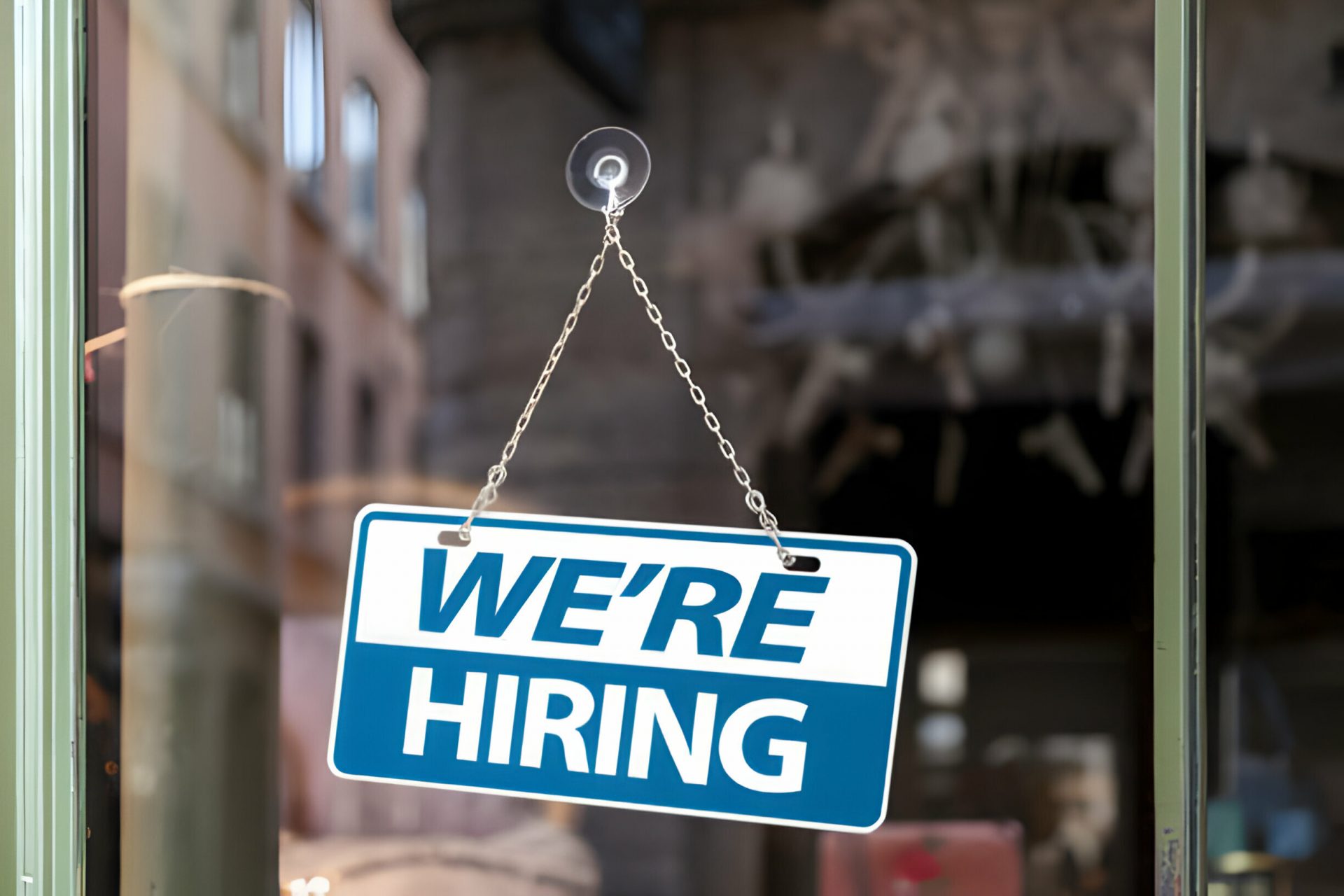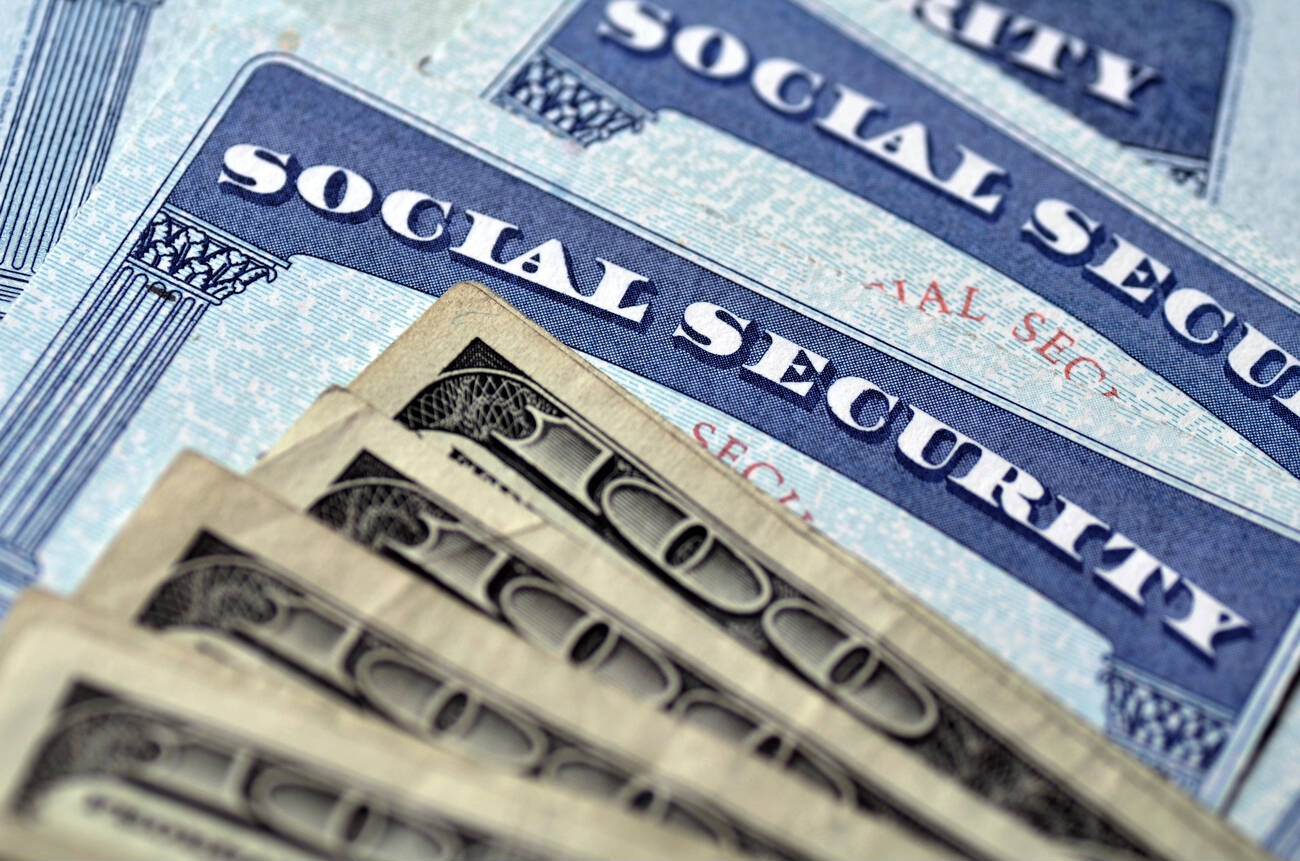Nearly half (45%) of U.S. workers say they earn extra income on the side, according to a new Bankrate.com report. This includes both full-time (43%) and part-time (51%) workers.
The average otherwise-employed side hustler brings in an extra $1,122 per month by working 12 hours a week. For most (66%), the extra money accounts for less than half of their monthly earnings. However, 3 in 10 say the extra income is needed to pay regular living expenses. Slightly more (34%) say they use the money for discretionary spending and 27% say it’s to boost their savings.
“Though the economy is strong, many Americans are finding it necessary to work on the side in order to make ends meet,” said Bankrate.com analyst Amanda Dixon. “The good news is, whether you need to put in extra hours to pay the bills or pad your savings account, finding a side gig has never been easier.”
Most side hustlers, especially younger adults, view technology as a vital part of the gig economy. More than three-quarters (78%) say technology plays a role in their ability to earn extra money, including 51% who say it plays a major role. Eighty-four percent of Millennial side hustlers (ages 23-38) and 79% of Gen Xers with side jobs (ages 39-54) say technology helps them earn money on the side, compared to 67% of Baby Boomers (ages 55-73).
Millennials are the most likely generation to take advantage of the gig economy, overall. About half (48%) of 23- to 38-year-olds say they earn extra money on the side. That number drops to 39% of Gen Xers and 28% of Baby Boomers.
Forty percent of Millennial side hustlers say they earn at least half of their income from side jobs, compared to 22% of Gen Xers and nine percent of Baby Boomers.
Millennials are also more likely than their elders to say that the additional money is income for savings (31% vs. 16% of Gen Xers and 18% of Baby Boomers). Older generations, on the other hand, are more inclined to use the extra money as disposable income for spending (40% of Gen X and 38% of Baby Boomers vs. 31% of Millennials).
For many, a side hustle not only represents a way to earn extra money, but also an outlet to explore – and profit from – interests beyond their day jobs. In fact, more than one-quarter (27%) say they are more passionate about their side hustle than their main job/career.
“Side hustles are obviously a great way to earn extra money, but they also provide an opportunity to turn a passion or hobby into something more than that,” added Dixon. “Technology has leveled the entrepreneurial playing field, so there’s no limit to what a good idea and hard work can produce.”
Thanks for reading CPA Practice Advisor!
Subscribe Already registered? Log In
Need more information? Read the FAQs
Tags: Payroll, Technology
![141231180532_lead_uber_car_app_story_top_1_.54c9136f55ead[1]](https://www.cpapracticeadvisor.com/wp-content/uploads/2022/07/33874/pp_story_top_1_.54c9136f55ead_1_.5cf7c3c264d6a.png)



